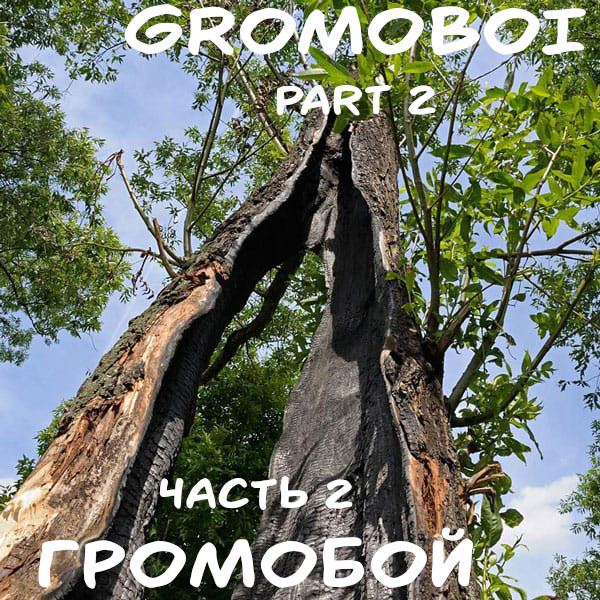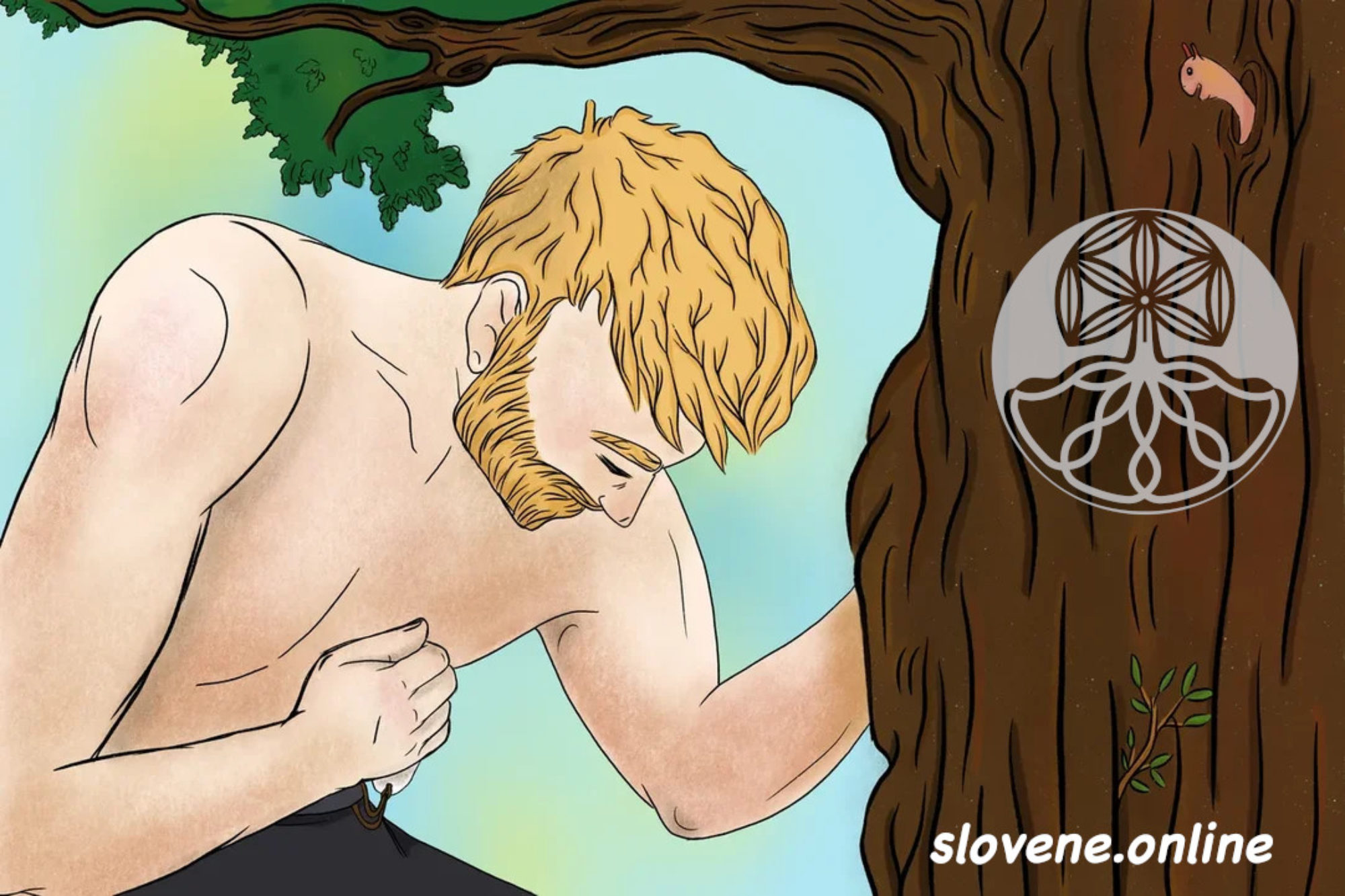The sacredness of “bread & salt” was manifested in the customs of our Slavic ancestors. Thus, in Russia there was a ban on swearing and lying if bread & salt were on the table. And to confirm the truthfulness of the oath, the Russians pronounced “honest bread and salt”, and the Bulgarians “хлеба и солта ми” (“my bread and salt”). Hence the idea of the purifying properties of “bread-salt”: in Polesie region they were placed in “dezha” (special wooden tub for sourdough bread making) to cleanse it; in Ukraine they were given to a woman prior to the first visit to church after giving birth, etc.
ꏍ
“Bread and salt” were widely used in wedding ceremonies. Among the Eastern Slavs, Bulgarians, Poles, matchmakers came to the bride’s house with bread and salt. If the offer of the matchmakers was accepted, the bride’s parents gave them bread and salt in return. The closest female relative or matchmaker circled three times with bread and salt around the parents’ hands, securing the decision on the engagement. Then the matchmaker broke the bread, saying: “The deed is done and sealed with bread and salt” (Yaroslavl region).
ꏍ
With the blessing of the groom and the bride, the Belarusians used to say: “I bless you with bread, salt, happiness, destiny and good health”. The Bulgarians wished the engaged couples to stay together like bread and salt. In Poland, the newlyweds at home after the wedding walked around the table three times with bread and salt, after which the wife kissed the corners of the table and put the bread on the “pech” (the fireplace for cooking and heating).
ꏍ
To be continued…
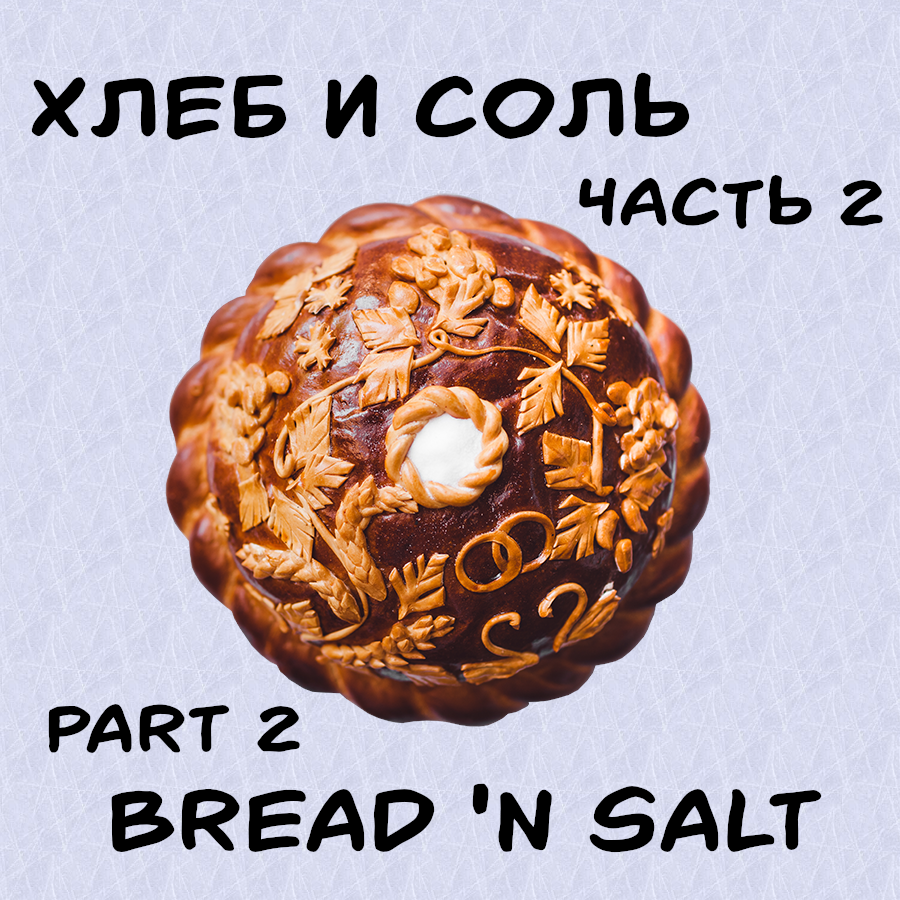
Have you noticed anything unusual on the picture?
We continue to work on the first story from the animated fantasy comic book series about customs and beliefs of the Slavic people in the early Middle Ages. The “static” PDF version of our graphic novel is ready and available in English for FREE download here: https://www.slovene.online/boar
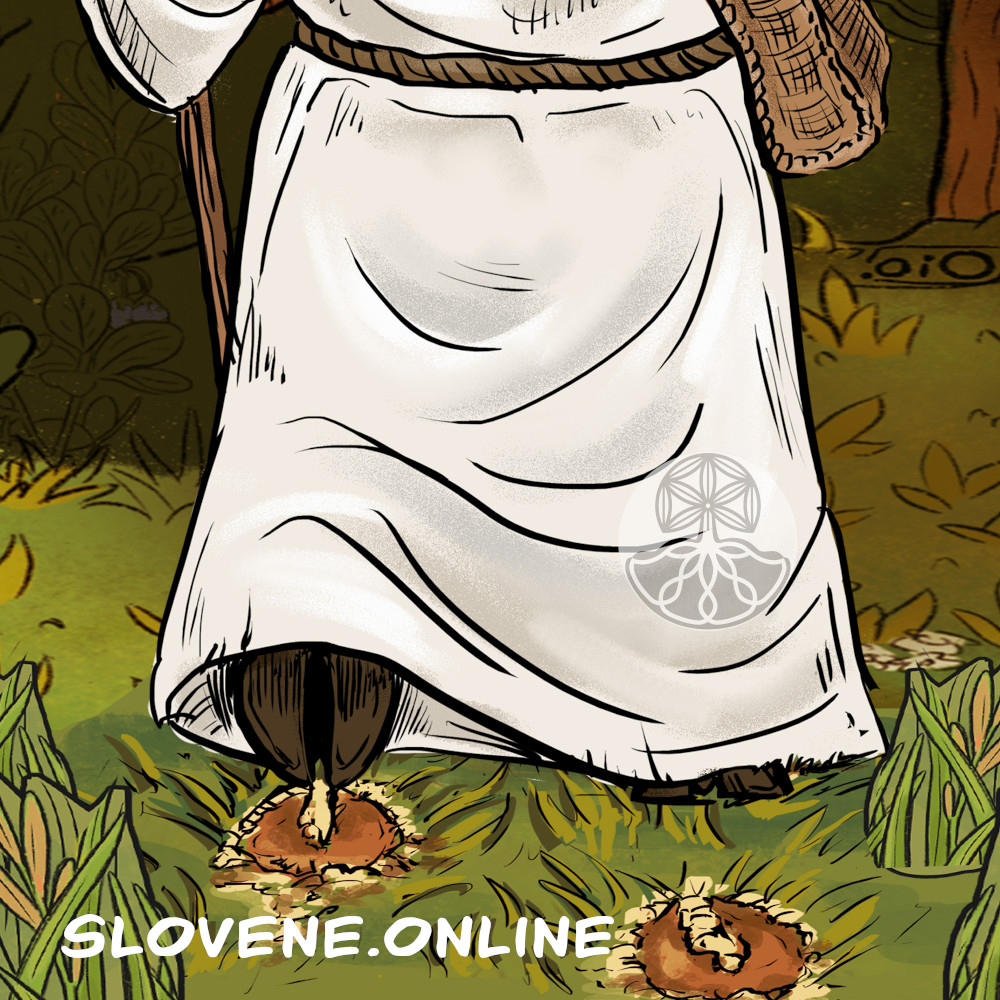
Bread and salt – part 1
Among all Slavic nations, the pair of “BREAD & SALT” since ancient times has become a symbol of hospitality, harmony, home well-being, prosperity, sacredness and purity. Traditionally, to maintain the well-being of the home, bread and a salt were always present on the table. Czech proverb: “Chléb a sůl zdobí stůl” (“Bread and salt decorate the table”). And the Russians used to say: “There is no lunch without bread and salt.” It was customary among all the Slavs, when setting the table, to first put bread and salt, and then the rest of the food.
ꏍ
Bread and salt were a symbol of hospitality, thus it was almost mandatory to offer them even to an enemy – the Poles had a saying: “Złemu wrogowi chleba i soli” (“Bread and salt to an evil enemy”). When meeting a guest, the hosts brought out bread with a salt cup on a towel or tablecloth. Refusal of bread and salt was greatly condemned: “Kdo u nás chleba a soli nepřijme, ten není hoden, abychom mu židli podali” the Czechs used to say (“Whoever does not accept bread and salt from us – is not worthy to be given a chair”).
ꏍ
The pair “bread and salt” among the Slavs also became a symbol of harmony. Bulgarians used to say: «като сол и хляб»; Serbs: «слажу се као хлеб и со»; Poles: “chleb z solą znak i hasło zgody” (“bread and salt – the sign and motto of agreement”).
ꏍ
To be continued…
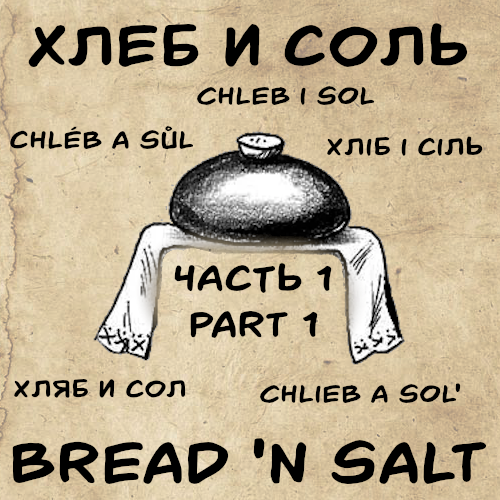
Magic forest on the bank of the Wieprz river
Magic forest on the bank of the Wieprz river… Do you know any myths or legends connected to this region?
ꏍ
We continue to work on the first story from the animated fantasy comic book series about customs and beliefs of the Slavic people in the early Middle Ages. The “static” PDF version of our graphic novel is ready and available in English for FREE download here: https://www.slovene.online/boar

Gromoboi – part 2
Gromoboi was also used as protection from thunder and lightning in the Zhitomir region, where a house was fumigated with its wooden chips. In Slovenia our Slavic ancestors during a thunderstorm used to put Gromoboi splinters inside a fireplace or on a top of burning coals to ward off trouble.
ꏍ
Across the territory of modern Ukraine and Belarus, Gromoboi was widely used for healing purposes. People chewed its chips to keep their teeth strong “like thunder” and rinsed their mouth with a decoction of water boiled Gromoboi bark. They also scraped the burned part of the Gromoboi and prepared “black drink” against the “black disease” – epilepsy, as well as boiled the Gromoboi chips to be used against back pains. In the Zhitomir region, people believed that inside the Gromoboi trunk (which they called “Thunder Tree”) there is always a “fiery candle” that heals any disease.
ꏍ
In Belarus people used Gromoboi to make a special wooden tub for sourdough bread preparation (it was called “dezha”) – so that “the witch would not steal the top part of the dough”. In Poland, it was believed that bread would grow quickly in such a wooden tub, if the tub was made by cooper in one day and from a pine tree broken by lightning.
ꏍ
Source: “Slavic Antiquities” – encyclopedic dictionary in 5 volumes by Institute for Slavic Studies of the Russian Academy of Sciences.
